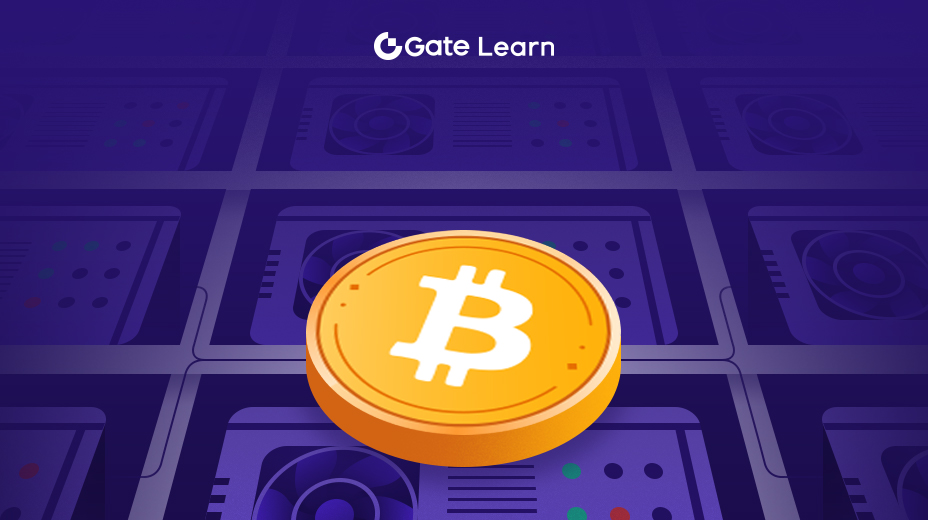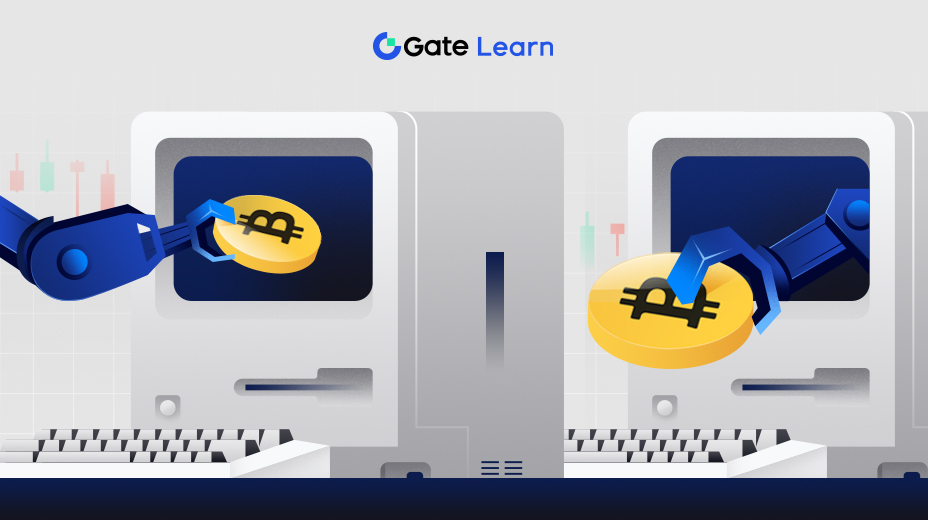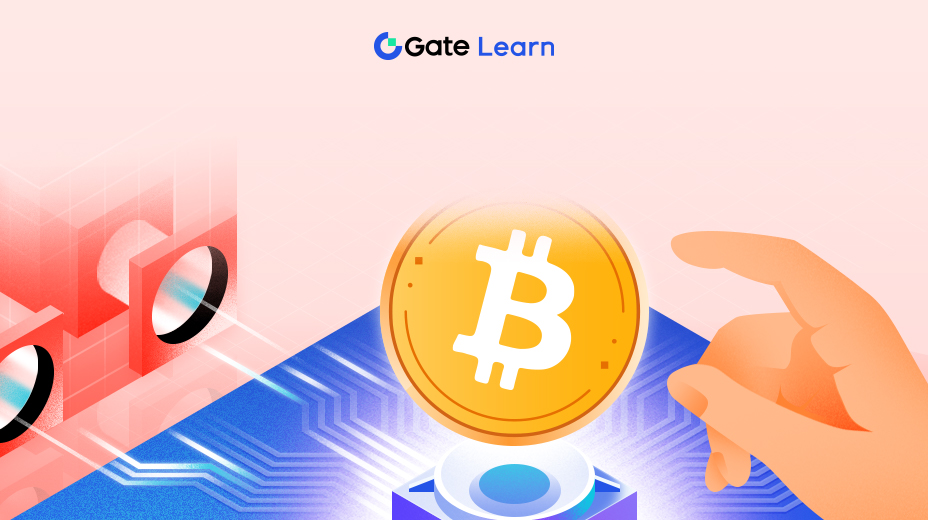Знайомство з DeFi
У модулі 1 ми розпочнемо нашу подорож у світ децентралізованих фінансів (DeFi). Цей модуль закладає основу, пояснюючи, що таке DeFi, і надає огляд різноманітної екосистеми DeFi. Ми заглибимося в переваги та недоліки DeFi, щоб допомогти вам зрозуміти його значення у фінансовому ландшафті.
Що таке DeFi?
DeFi, скорочення від Decentralized Finance, — це революційний рух у фінансовій галузі, який прагне замінити традиційних фінансових посередників децентралізованими системами на основі блокчейну. Це зміна парадигми від централізованих фінансових установ, таких як банки, до недовірливої, відкритої фінансової системи без дозволу.
За своєю суттю DeFi використовує технологію блокчейну, зокрема смарт-контракти, для децентралізованого відтворення традиційних фінансових послуг, таких як кредитування, запозичення, торгівля та управління активами. Це означає, що транзакції та угоди виконуються без традиційних посередників, таких як банки, страхові компанії чи клірингові центри.
Однією з ключових особливостей DeFi є його доступність. Програми DeFi, як правило, доступні будь-кому, хто має підключення до Інтернету та сумісний криптовалютний гаманець, незалежно від його географічного розташування чи фінансового стану. Ця демократизація фінансових послуг має потенціал залучити мільярди людей, які не користуються банківськими послугами або не мають таких банківських послуг, у глобальну фінансову екосистему.
Крім того, DeFi характеризується прозорістю та можливістю програмування. Усі транзакції та код смарт-контракту записуються в загальнодоступних блокчейнах, що робить їх доступними для перевірки та доступними для будь-кого. Така прозорість зміцнює довіру в екосистемі DeFi та дозволяє створювати складні фінансові продукти та послуги за допомогою смарт-контрактів.
Екосистема DeFi
Екосистема DeFi — це процвітаюча мережа децентралізованих додатків (DApps), протоколів і проектів, побудованих на платформах блокчейн, в першу чергу Ethereum. Ці компоненти працюють разом, щоб пропонувати широкий спектр фінансових послуг, включаючи, але не обмежуючись, кредитування, запозичення, торгівлю, продуктивне землеробство та децентралізовані біржі.
- Протоколи DeFi: в основі екосистеми DeFi лежать протоколи. Це набори правил і смарт-контрактів, які регулюють виконання фінансових операцій і послуг. Протоколи відповідають за такі функції, як автоматичне створення ринку, забезпечення та визначення процентної ставки. Популярні протоколи DeFi включають Compound, Aave та MakerDAO.
- Децентралізовані біржі (DEX): DEX — це платформи, які дозволяють користувачам торгувати криптовалютами безпосередньо зі своїх гаманців без посередників. Приклади включають Uniswap, SushiSwap і Balancer. Вони полегшують обмін активами, зберігаючи контроль над коштами.
- Пули ліквідності: Постачальники ліквідності відіграють вирішальну роль у DeFi, надаючи активи пулам ліквідності на DEX. Натомість вони заробляють гонорари та часто отримують жетони управління. Розуміння ризиків і вигод від надання ліквідності є важливим для учасників DeFi.
- Yield Farming і Staking: Yield Farming передбачає надання ліквідності або стейкінг активів у протоколах DeFi для отримання винагород або відсотків. Це став популярний спосіб отримання пасивного доходу, але він пов’язаний із власним набором ризиків, включаючи непостійні втрати.
- Мережі Oracle: програми DeFi покладаються на оракули для отримання даних реального світу, таких як канали цін, для точного виконання смарт-контрактів. Маніпулювання оракулами може бути потенційним вектором атаки, підкреслюючи важливість безпеки оракулів.
- Маркери управління: багато проектів DeFi мають маркери управління, які дозволяють користувачам брати участь у процесі прийняття рішень щодо оновлення та змін протоколу. Володіння та використання цих токенів передбачає обов’язки та потенційний вплив.
- Миттєві позики: миттєві позики дозволяють користувачам позичати великі суми активів на час без застави, за умови, що позичені кошти повертаються в рамках тієї ж операції. Розуміння того, як працюють термінові позики, має вирішальне значення для безпеки DeFi.
- Сумісність: DeFi не обмежується одним блокчейном. Міжланцюгові рішення та протоколи сумісності спрямовані на з’єднання різних блокчейнів, розширюючи охоплення та потенціал DeFi.
Переваги та недоліки DeFi
Переваги DeFi:
Доступність: DeFi відкриває фінансові послуги для глобальної аудиторії. Будь-хто, хто має підключення до Інтернету та гаманець криптовалюти, може брати участь, незалежно від свого місцезнаходження чи соціально-економічного статусу. Ця доступність може залучити мільйони людей, які не користуються банківськими послугами, до глобальної економіки.
Без дозволу: DeFi не має дозволу, тобто немає гейткіперів або посередників, які контролюють доступ. Користувачі можуть займатися фінансовою діяльністю, не потребуючи дозволу від банків чи інших централізованих органів влади.
Прозорість: усі транзакції та код смарт-контракту в DeFi записуються в загальнодоступних блокчейнах, що забезпечує прозорість і можливість перевірки. Користувачі можуть перевірити цілісність транзакцій і переконатися, що протоколи функціонують належним чином.
Інновації: DeFi є джерелом інновацій. Розробники по всьому світу постійно створюють нові фінансові продукти та послуги, такі як децентралізовані біржі, платформи кредитування та синтетичні активи. Ця інновація може порушити традиційні фінанси.
Фінансова доступність: DeFi дозволяє особам, які виключені з традиційних фінансових систем, отримати доступ до позик, заощаджень та інвестицій. Це може дати людям змогу покращити свій фінансовий добробут.
Без опіки: платформи DeFi зазвичай не є кастодіальними, що означає, що користувачі зберігають контроль над своїми активами. Це зменшує ризик втрати коштів або неправильного управління ними третіми сторонами.
Недоліки DeFi:
Ризики смарт-контрактів: смарт-контракти є основою DeFi, але вони не є безпомилковими. Помилки або вразливості в коді смарт-контракту можуть призвести до експлойтів і фінансових втрат. Користувачі повинні бути обережними під час взаємодії зі смарт-контрактами.
Відсутність регулювання: DeFi працює в основному нерегульованому середовищі, що може призвести до юридичних і нормативних проблем. Користувачі можуть не мати такого захисту, як у традиційних фінансових системах.
Масштабованість: блокчейн-мережі, такі як Ethereum, які містять багато програм DeFi, стикаються з проблемами масштабованості. Це може призвести до високих комісій за транзакції та сповільнення часу транзакцій у періоди високого попиту.
Волатильність ринку: активи DeFi часто дуже мінливі, і користувачі можуть відчувати швидкі та непередбачувані коливання цін. Управління ризиками є важливим для кожного, хто бере участь у DeFi.
Постійні втрати: Постачальники ліквідності на децентралізованих біржах можуть зазнати постійних збитків, які виникають, коли вартість наданих активів змінюється відносно їх простого утримання. Розуміння цього ризику має вирішальне значення для постачальників ліквідності.
Виклики безпеці: платформи та користувачі DeFi є привабливими цілями для хакерів. Порушення безпеки, перетягування килимів і фішингові атаки не є рідкістю в просторі DeFi. Необхідні суворі методи безпеки.
Складність: DeFi може бути складним, особливо для новачків. Розуміння того, як працюють різні протоколи, токени та стратегії, потребує тривалого навчання.
Відсутність зручних інтерфейсів: хоча DeFi пропонує потужні фінансові інструменти, інтерфейси користувача можуть лякати та складно орієнтуватися для новачків.
Основні моменти
- DeFi, скорочення від Decentralized Finance, — це революційний фінансовий рух, який використовує технологію блокчейн для створення відкритої та децентралізованої фінансової системи.
- Це усуває потребу в традиційних посередниках, таких як банки, забезпечуючи пряму однорангову фінансову взаємодію в мережах блокчейнів.
- Екосистема DeFi складається з різних компонентів, у тому числі протоколів DeFi, децентралізованих бірж (DEX), пулів ліквідності, продуктивності, оракулів і маркерів управління.
- Ці компоненти працюють разом, щоб пропонувати широкий спектр децентралізованих фінансових послуг, від кредитування та запозичення до торгівлі та оптимізації прибутку.
- DeFi пропонує неперевершену доступність, дозволяючи будь-кому, хто має підключення до Інтернету та гаманець криптовалюти, брати участь, сприяючи глобальній фінансовій доступності.
- Прозорість DeFi, керована технологією блокчейн, гарантує, що всі транзакції та код смарт-контракту підлягають публічній перевірці та аудиту.
- Незважаючи на те, що DeFi має численні переваги, він також створює проблеми, зокрема ризики смарт-контрактів через уразливості або помилки в коді.
- Регуляторний ландшафт для DeFi є невизначеним у багатьох регіонах, що може призвести до юридичних проблем і проблем із дотриманням вимог для учасників.
- Платформи DeFi, особливо ті, що створені на основі Ethereum, можуть мати проблеми з масштабованістю, що призводить до високих комісій за транзакції та повільнішого часу підтвердження в періоди високого попиту.
- Активи DeFi відомі своєю волатильністю, і користувачі можуть зіткнутися зі швидкими та непередбачуваними коливаннями цін, що потребує стратегій управління ризиками.





